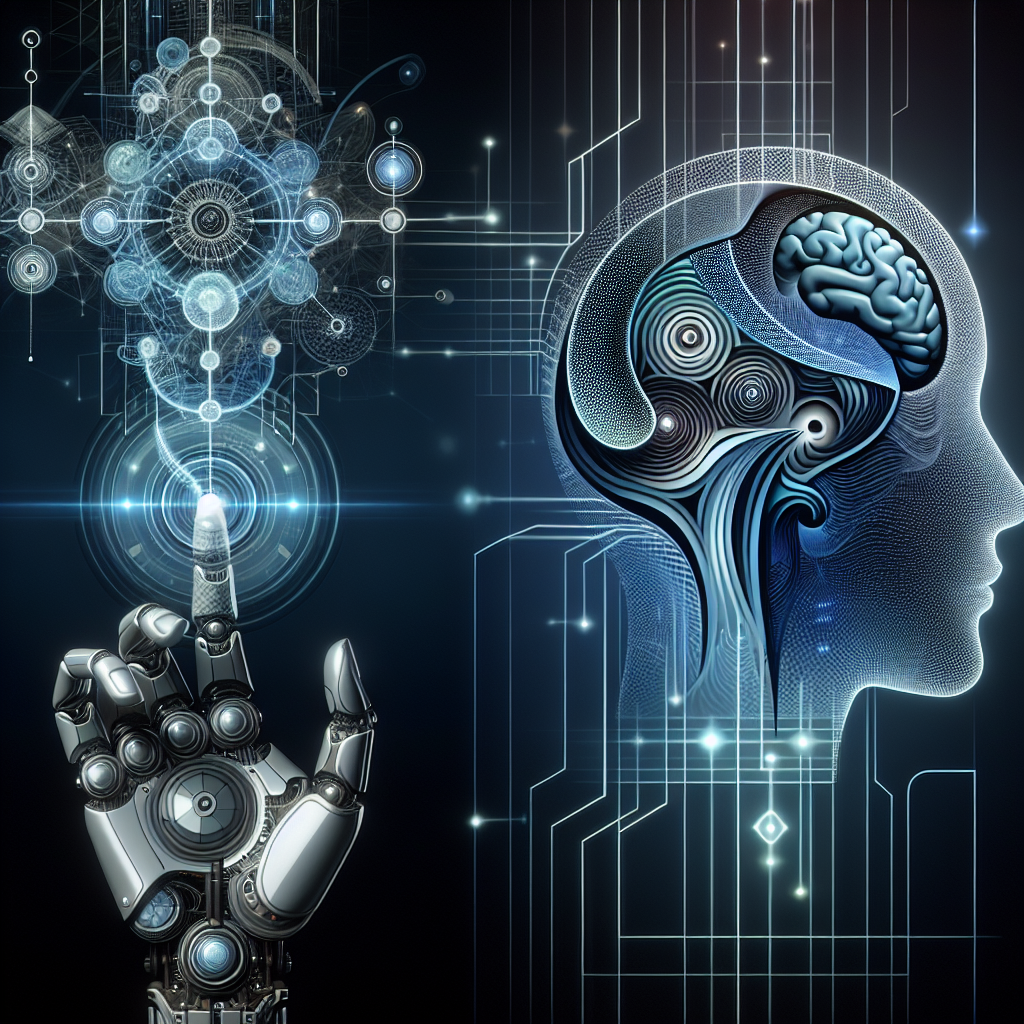Artificial Intelligence (AI) and Augmented Reality (AR) are two rapidly advancing technologies that are changing the way we interact with the world around us. As these technologies continue to evolve, they are blurring the lines between reality and fiction, creating new possibilities for how we experience and engage with our surroundings.
AI is the ability of a computer or machine to mimic intelligent human behavior, such as learning, reasoning, problem-solving, and speech recognition. AI systems can analyze vast amounts of data, make predictions, and even learn from their mistakes to improve their performance over time.
Augmented Reality, on the other hand, is a technology that overlays digital information onto the real-world environment, blending virtual and physical elements seamlessly. AR enhances our perception of reality by adding computer-generated visuals, sounds, and other sensory inputs to our physical surroundings.
When AI and AR are combined, they have the potential to create truly immersive and interactive experiences that blur the lines between what is real and what is virtual. By harnessing the power of AI to analyze and understand the world around us, AR applications can provide personalized and contextually relevant information in real-time, enhancing our perception of reality in ways that were previously unimaginable.
One of the most exciting applications of AI and AR is in the field of gaming. With the rise of augmented reality games like Pokemon Go, players can explore the real world while interacting with virtual characters and objects. AI algorithms can analyze the player’s behavior and preferences to create personalized gaming experiences, adapting the game’s difficulty level and storyline in real-time.
In addition to gaming, AI and AR are also revolutionizing industries such as healthcare, education, retail, and entertainment. For example, in healthcare, AR technology can be used to overlay medical information onto a surgeon’s field of view during a procedure, providing real-time guidance and improving surgical accuracy. In education, AI-powered AR applications can create interactive learning experiences that engage students and enhance their understanding of complex concepts.
In the retail sector, AR can be used to create virtual fitting rooms that allow customers to try on clothes and accessories without physically trying them on. AI algorithms can analyze the customer’s body measurements and style preferences to recommend personalized clothing options, creating a seamless shopping experience that blurs the line between online and offline retail.
In the entertainment industry, AI and AR are being used to create immersive experiences that transport audiences into virtual worlds. For example, virtual reality (VR) concerts and events can be enhanced with AI-powered AR overlays that provide real-time information about the performers, lyrics, and background of the music, creating a multi-sensory experience that blurs the line between reality and fiction.
As AI and AR technologies continue to advance, questions and concerns about their ethical implications and potential risks have emerged. Privacy and data security are major concerns, as AI algorithms can collect and analyze vast amounts of personal information without the user’s consent. Additionally, the potential for AI to be used for malicious purposes, such as deepfake videos and misinformation campaigns, raises ethical questions about the impact of these technologies on society.
To address these concerns, policymakers, technologists, and ethicists are working to develop guidelines and regulations to ensure the responsible use of AI and AR technologies. Transparency, accountability, and consent are key principles that should be incorporated into the design and deployment of AI and AR systems to protect users’ privacy and rights.
In conclusion, the combination of AI and AR is reshaping the way we interact with the world around us, blurring the lines between reality and fiction in exciting and innovative ways. From gaming and entertainment to healthcare and education, these technologies are revolutionizing industries and creating new possibilities for how we experience and engage with our surroundings. As AI and AR continue to evolve, it is important to address ethical concerns and ensure that these technologies are used responsibly to benefit society as a whole.
FAQs:
Q: What is the difference between virtual reality (VR) and augmented reality (AR)?
A: Virtual reality (VR) is a technology that creates a completely immersive, computer-generated environment that users can interact with using specialized headsets or goggles. Augmented reality (AR), on the other hand, overlays digital information onto the real-world environment, enhancing our perception of reality by blending virtual and physical elements seamlessly.
Q: How are AI and AR being used in healthcare?
A: AI and AR technologies are being used in healthcare to improve surgical accuracy, provide real-time guidance to surgeons during procedures, and create personalized treatment plans for patients. AR can overlay medical information onto a surgeon’s field of view, while AI algorithms can analyze patient data to recommend personalized treatment options.
Q: What are some ethical concerns related to the use of AI and AR technologies?
A: Privacy and data security are major concerns when it comes to the use of AI and AR technologies, as these systems can collect and analyze vast amounts of personal information without the user’s consent. Additionally, the potential for AI to be used for malicious purposes, such as deepfake videos and misinformation campaigns, raises ethical questions about the impact of these technologies on society.

